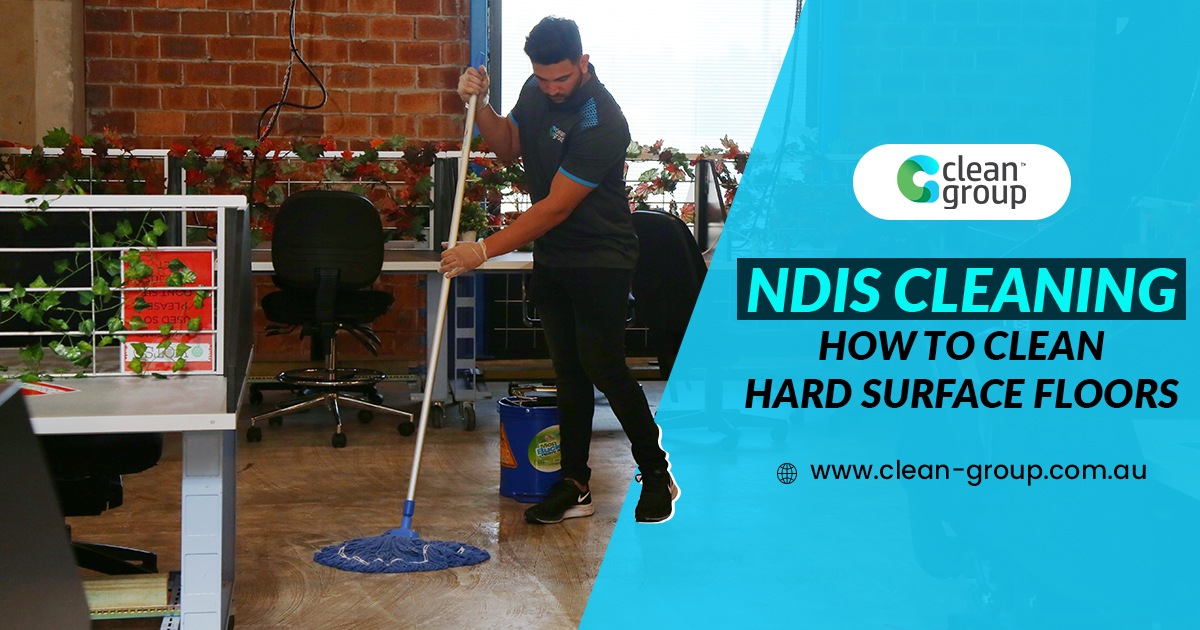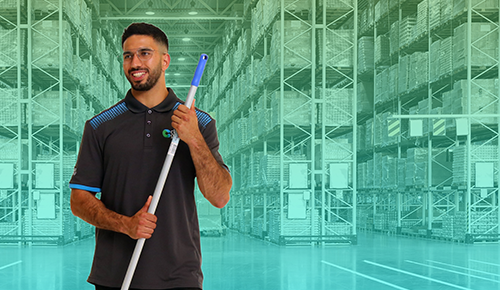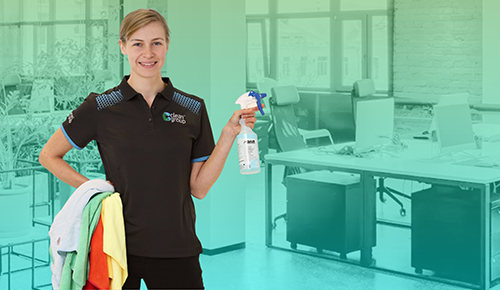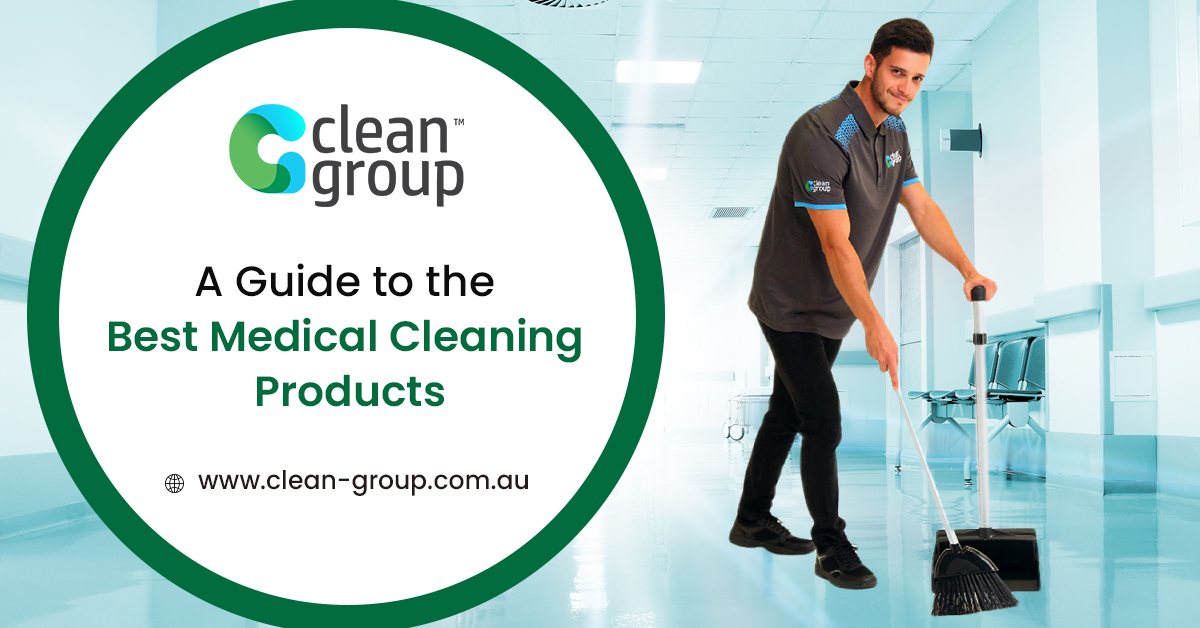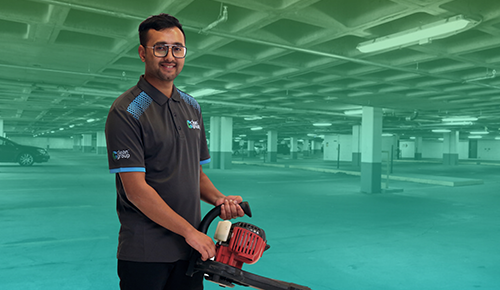Maintaining Pristine Strata: Clean Group’s Expert Solutions
In the bustling world of property management, maintaining immaculate strata spaces is paramount. Whether it’s residential or commercial, the cleanliness of these shared areas reflects directly on the reputation and satisfaction of tenants and owners alike. Enter Clean Group, the trusted name in efficient cleaning solutions. With a keen understanding of the unique challenges posed by strata spaces, Clean Group offers tailored services designed to exceed expectations. From lobby areas to common rooms, their meticulous approach ensures spotless environments, enhancing both aesthetics and hygiene. Join us as we delve into the realm of strata cleanliness, exploring the innovative techniques and reliable solutions provided by Clean Group to uphold the standards of your shared spaces.
Spotless Strata: Streamlined Cleaning Solutions

In the realm of property management, achieving spotless strata spaces is a top priority. With the demands of multiple tenants and common areas, maintaining cleanliness can be challenging. That’s where streamlined cleaning solutions come into play. By implementing efficient strategies tailored to strata environments, property managers can ensure every nook and cranny remains pristine. From regular maintenance schedules to innovative cleaning techniques, the key is to optimize every aspect of the cleaning process. This approach not only enhances the aesthetics of strata spaces but also promotes a healthier environment for residents and visitors alike. With a focus on efficiency, property managers can stay ahead of cleanliness concerns and uphold the standards of their strata properties effortlessly.
Immaculate Spaces: Unlocking Cleaning Efficiency
Strata spaces demand immaculate cleanliness to uphold their reputation and appeal to residents and visitors. However, achieving this level of cleanliness requires unlocking the efficiency of cleaning processes. Property managers must employ strategies that maximize the effectiveness of every cleaning task while minimizing time and resources. This could involve leveraging technology for faster cleaning, implementing smart scheduling systems, or optimizing cleaning product usage. By focusing on efficiency, property managers can ensure that even the most challenging areas of strata properties remain immaculate. From lobbies to shared amenities, every space can sparkle with cleanliness when cleaning efficiency is prioritized. Ultimately, by unlocking the power of efficient cleaning methods, property managers can elevate the appeal and satisfaction of their strata spaces for all stakeholders.
Strata Cleaning Secrets: Achieving Perfection
Achieving perfection in strata cleaning requires more than just elbow grease—it demands uncovering the secrets to success. Property managers must delve into the intricacies of effective cleaning techniques and strategies tailored specifically to strata spaces. This could involve understanding the unique challenges posed by high-traffic areas, developing specialized cleaning schedules, or utilizing advanced cleaning equipment. By unraveling these secrets, property managers can ensure that every corner of their strata properties receives the attention it deserves, resulting in a level of cleanliness that exceeds expectations. Through a commitment to discovering and implementing these cleaning secrets, property managers can elevate the appeal and reputation of their strata spaces, delighting residents and visitors alike.
Efficiency Unleashed: Spotless Strata Spaces
Unleashing efficiency is the key to achieving spotless strata spaces that impress residents and visitors alike. Property managers must harness the power of efficient cleaning practices to ensure that every inch of their strata properties gleams with cleanliness. This involves optimizing cleaning workflows, utilizing time-saving tools and equipment, and implementing strategic cleaning schedules. By prioritizing efficiency, property managers can streamline the cleaning process, allowing them to maintain impeccable strata spaces without sacrificing quality. From lobbies to communal areas, efficiency unleashes the full potential of strata cleaning, ensuring that residents feel proud to call their shared spaces home. With efficiency as their guiding principle, property managers can consistently deliver spotless strata spaces that exceed expectations and enhance the overall living experience.
Spotless Strata: The Clean Group Advantage
When it comes to achieving spotless strata spaces, property managers can gain a significant advantage by partnering with Clean Group. With their expertise and specialized approach to strata cleaning, Clean Group ensures that every aspect of a property shines with cleanliness. Their team understands the unique challenges posed by strata environments and tailors their cleaning solutions accordingly. By leveraging the latest technologies and best practices in the industry, Clean Group delivers results that exceed expectations. From thorough lobby cleanings to meticulous maintenance of shared amenities, their attention to detail is unmatched. Property managers who choose Clean Group gain not only spotless strata spaces but also peace of mind knowing that their properties are in the hands of cleaning professionals dedicated to excellence.
Clean Group’s Solution: Flawless Strata Spaces
Clean Group offers the ultimate solution for property managers seeking flawless strata spaces. With their comprehensive range of cleaning services and commitment to excellence, Clean Group ensures that every corner of a strata property remains immaculate. Their team of experienced cleaners employs proven techniques and top-of-the-line equipment to deliver consistent results that impress residents and visitors alike. Whether it’s daily maintenance or deep cleaning projects, Clean Group approaches each task with precision and attention to detail. By partnering with Clean Group, property managers can confidently maintain flawless strata spaces that reflect positively on their properties’ reputation and appeal. With Clean Group’s solution, achieving perfection in strata cleaning has never been easier.
Pristine Perfection: Cleaning Strata Made Easy
Attaining pristine perfection in strata cleaning is a goal that every property manager strives to achieve, and with the right approach, it can be made remarkably easy. By implementing efficient cleaning practices and leveraging the expertise of professionals like Clean Group, property managers can ensure that their strata spaces consistently meet the highest standards of cleanliness. Clean Group’s tailored solutions and attention to detail make the process effortless, allowing property managers to focus on other aspects of property management with peace of mind. With Clean Group’s support, maintaining pristine strata spaces becomes a seamless part of property management, enhancing the overall satisfaction of residents and contributing to the positive reputation of the property.
Efficient Solutions: Mastering Strata Cleanliness
Mastering strata cleanliness requires more than just elbow grease—it demands the implementation of efficient solutions that optimize every aspect of the cleaning process. Clean Group understands this need and offers tailored solutions designed to streamline strata cleaning operations. By employing efficient techniques, such as smart scheduling and advanced cleaning equipment, property managers can achieve remarkable results with minimal time and effort. Clean Group’s expertise in mastering strata cleanliness ensures that every shared space, from lobbies to corridors, remains consistently pristine. With their support, property managers can confidently navigate the challenges of strata cleaning, knowing that they have access to the most efficient solutions available. By mastering strata cleanliness, property managers can enhance the appeal and value of their properties, creating a positive living experience for residents.
Clean Group: Your Partner for Strata Cleanliness
When it comes to maintaining cleanliness in strata spaces, Clean Group is the partner you can rely on. With their proven track record of excellence and commitment to customer satisfaction, Clean Group provides property managers with peace of mind knowing that their strata properties are in good hands. Their comprehensive range of cleaning services, tailored specifically to the needs of strata environments, ensures that every aspect of a property remains immaculate. By partnering with Clean Group, property managers can focus on other important aspects of property management, confident in the knowledge that their cleaning needs are being taken care of by professionals dedicated to perfection. Clean Group: the trusted partner for achieving and maintaining cleanliness in strata spaces.
Conclusion
Maintaining spotless strata spaces is essential for enhancing property appeal and resident satisfaction. Clean Group stands out as the go-to partner for achieving impeccable cleanliness in these shared environments. With their expertise, tailored solutions, and commitment to excellence, property managers can trust Clean Group to deliver outstanding results consistently. For efficient and reliable strata cleaning services, contact Clean Group today at 02 91607469. Located at Suite 1B, 189 Kent Street, Sydney NSW 2000, Clean Group is ready to elevate the cleanliness and appeal of your strata spaces to new heights. Experience the difference with Clean Group.

